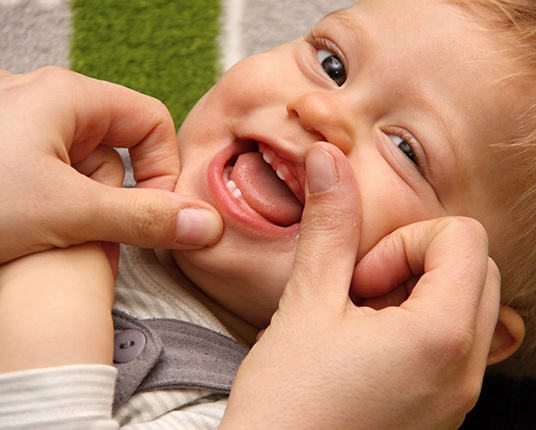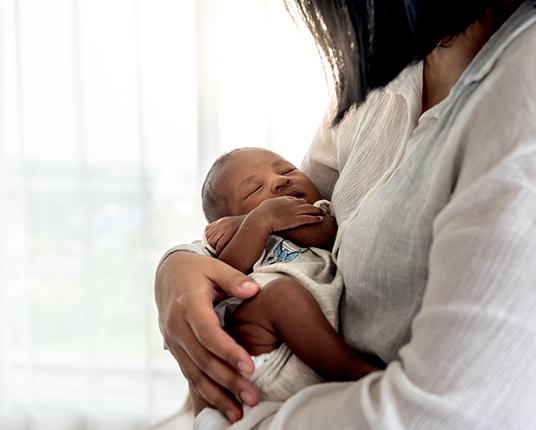What Is a Lip Tie? – Hamilton, ON
Oral Tissue That Can Restrict Oral Function
Does your baby struggle to breastfeed, latch onto a bottle, or gain weight? Is your child experiencing difficulty with speech impediments or other oral functions? Although these issues could be the result of various problems, a lip tie is often the simplest explanation as well as the easiest to treat. At Hamilton Pediatric Dental Care, we can help your child gain more flexibility and use in their upper or lower lip. If you think your infant or child has a lip tie, reach out to us and schedule a consultation today!
What Is a Lip Tie?

Did you know that most people have a piece of tissue underneath their lips called a frenulum? Often this tissue disappears before birth, but for some babies and children, it doesn’t. A lip tie occurs when the frenulum under the lip is thick, short, and tight, meaning it is difficult to move and use for daily functions. While this problem is often diagnosed and treated in infants who struggle to latch in breastfeeding, it may manifest later in life with speech issues or in other ways.
What Problems Can Result from a Lip Tie?

With a restrictive lip tie, your baby or young child may show the following symptoms:
- Difficulty breastfeeding
- Reluctance to take a bottle because of eating challenges
- Falling asleep while nursing
- Colic or reflux
- Poor weight gain
- Inability to hold a pacifier in their mouth
In some cases, a lip tie may not be identified until much later. In fact, older children, teens, or even adults with a lip tie may experience difficulty swallowing, speak with a lisp, or have gapped teeth as a result.
How Is a Lip Tie Treated?

The simple solution to a lip tie is to remove the tissue that is restricting its range of motion, and thanks to our advanced technology, this procedure (called a frenectomy) is fast, virtually pain free, and easy to recover from. With a soft tissue laser, we gently release or sever the thick tissue with very little bleeding because the laser cauterizes simultaneously, instantly resulting in improvement. In fact, your child may not even need to have a local anesthetic for the procedure at all! However, if necessary, we can use sedation to keep your child calm and comfortable throughout the entire procedure.
